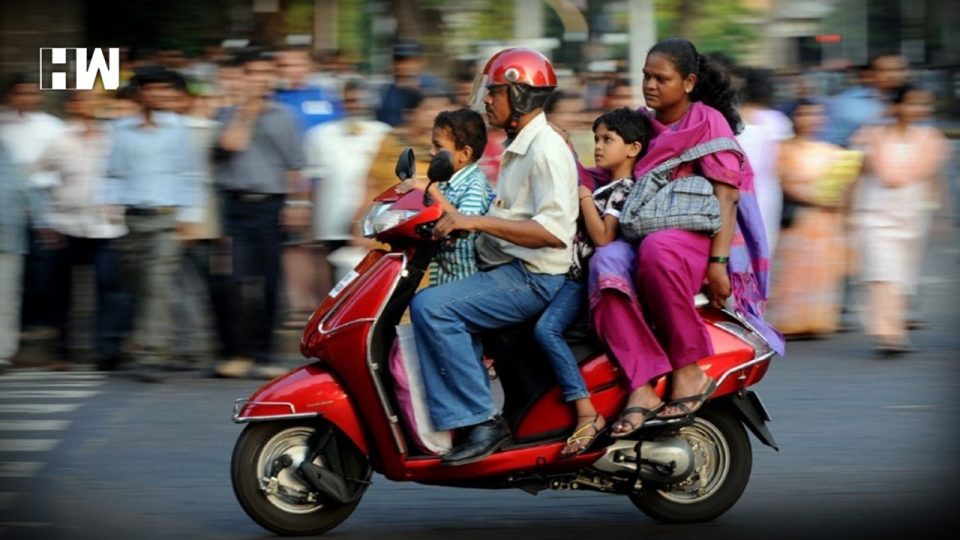What is very clear is that with the current phase of economic slowdown and joblessness our middle-class numbers are certainly falling.
A few recently revealed interesting and interrelated facts are worth analysis. The controversial former finance secretary, who has unceremoniously shunted to the Power Ministry Mr S. C. Garg, retired a couple of days ago. He posted a letter on Twitter, giving his version of his career events, wherein he also mentioned that though there is an enormous unmet demand in housing, roads, airports, railways, energy, irrigation and every infrastructure segment, yet investment in it is almost stalled. He said that returns on investment made in large infra projects in India are low and thus businesses do not see opportunities in it. On another front, the CMIE reported that the jobs scene in India had deteriorated further, such that urban unemployment had risen to 8.9% and rural unemployment to 8.6%, the highest since 2016, with receding jobs in agriculture and the manufacturing sector too. A recent report says that the core sector growth in India contracted by 5.2% in September 2019 and so did growth in the manufacturing sector, and a study headed by Gita Gopinath the IMF Chief Economist says that demonetisation pruned India’s GDP growth rate by 2% and also resulted in a 3% drop in employment generation. And finally, the Diwali season was a damp squib for most businesses, with GST collections, in October, again below their target, despite the boost of festival sales.
To us, all these are pointers to a receding middle class in India. Erosion of job opportunities, closure of small businesses due to demonetisation, a dip in manufacturing and infrastructure investment being unprofitable due to lack of paying capacity of users all mean that income and wealth of the Indian middle class is depleting, such that they can fall back into poverty, which is a very likely phenomena in India.
Before we discuss the travails of a diminishing middle class, let us see what constitutes the middle-income class in India. As per various authorities including the NCAER, a middle-class person in India is one who earns between $10 to $20 per day ie.an annual income of Rs.2 to 5 lacs. Our threshold limit to determine as to who is in the middle-class segment is truly low, since in a country like the USA if a person earns below $16 a day he is considered to be poor, but in India, he is in the middle class. The estimates of the size of India’s middle class varies widely. As per a Deutsche Bank study, India’s middle-class population is between 30 mn-300 mn, while as per Credit Suisse it is a mere 24 mn. The World Bank estimated it at 264 mn in 2015, while Mckinsey & Co. said it was 50 mn and CNN says that it is 20% of our population. A consensus, however, is that our middle class is a mere 3% of our population ie. 40 mn, as against 18% in the case of China ie. 300 mn and a global average of 13%. Thus the size of our middle class and its income profile are a matter of debate, but what is very clear is that with the current phase of economic slowdown and joblessness our middle-class numbers are certainly falling.
The reason why we believe that middle-class income and wealth are receding are many and include the record unemployment, distress in the MSME and rural sector, falling jobs in the manufacturing sector and India’s failure to scale up its manufacturing sector, closure of businesses due to demonetisation and GST, receding jobs and income due to the economic slowdown, poor education that adds little value of our graduates, low participation of women in the workforce and an oppressive environment due to which entities remain tiny dwarfs, all of which are decimating our household income and wealth.
It is the middle class that generates demand and fuels economic growth, in any nation. Instead of their numbers going up in India they are falling and one wonders that if this be the trend how will India achieve the Modi target of a $5 trn economy by 2025.
As an independent media platform, we do not take advertisements from governments and corporate houses. It is you, our readers, who have supported us on our journey to do honest and unbiased journalism. Please contribute, so that we can continue to do the same in future.

